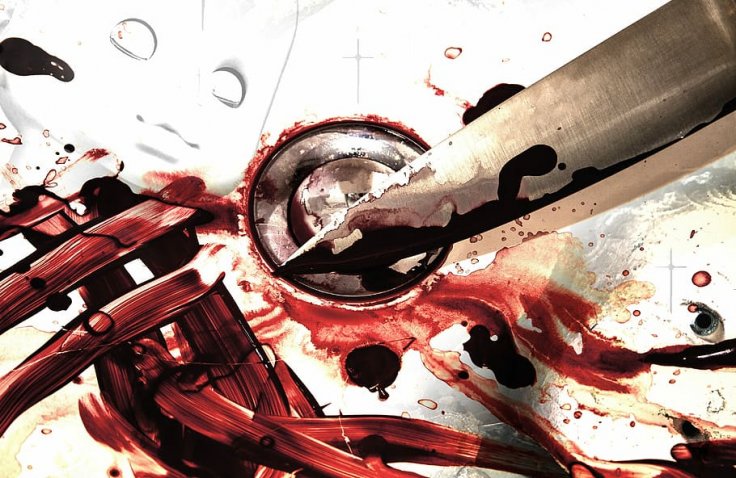Murderer Rodney James Alcala, also named as 'The Dating Game Killer', due to his 1978 appearance on the game show, died on July 24 at a hospital near California's Corcoran state prison at the age of 77.
He died of natural causes at a hospital in San Joaquin Valley, California, prison officials said in a statement.
The Dating Game Connection
In 1968, Alcala was a contestant on the game show The Dating Game. When host Jim Lange introduced Rodney Alcala as Bachelor Number One, a successful photographer, he didn't know that the man had already murdered at least five women and been charged with the attempted murder of a little girl, reported ABC News.
He won the competition, but his "date" refused to go out with him because she found him "creepy." She informed the producers after the taping that she got 'weird vibes' coming off him.
"The Dating Game appearance is just a bizarre part about this case," said Matt Murphy, an ABC News contributor and former prosecutor who was assigned to Alcala's case in 2003. "And I think that what it reflects is the narcissism and the ego and the arrogance of a serial killer."

Authorities Estimate He May Have Killed Up To 130 People across the Country
Just two years after his Dating Game appearance, Alcala was sentenced to death row in California for the 1979 murder of 12-year-old Robin Samsoe. However, authorities estimate he may have killed up to 130 people across the country.
Alcala received an additional 25 years to life in 2013 after pleading guilty to two homicides in New York.
He was charged again in 2016 after DNA evidence connected him to the 1977 death of a 28-year-old woman whose remains were found in a remote area of southwest Wyoming. But a prosecutor said Alcala was too ill to face trial in the death of the woman, who was six months pregnant when she died.
Alcala Took Earrings as Trophies from Some of His Victims
Prosecutors said Alcala stalked women like prey and took earrings as trophies from some of his victims. The mother of 12-year-old Robin Samsoe testified at his murder trial that a pair of gold ball earrings found in a jewelry pouch in Alcala's storage locker belonged to her daughter.
Reports suggest that two of the four women were posed nude after their deaths, one was raped with a claw hammer and all were repeatedly strangled and resuscitated to prolong their agony, prosecutors said.
Investigators said one victim's DNA was found on a rose-shaped earring in Alcala's possession, and his DNA was found in her body.
Alcala's Predatory Behavior in Seeking Vulnerable Female Targets Was Psychopathic
According to a report published in Variety, Samsoe was a 12-year-old Huntington Beach girl riding a borrowed bicycle on her way to ballet class when a chance encounter with a sociopath led to her death. Among the evidence that helped convict Alcala, thanks to tireless efforts by Samsoe's mother, Marianne Connelly, was that he kept the girl's earrings as a trophy.
He had been sentenced to death twice before in Samsoe's murder, but both convictions were overturned. He was charged in the slayings of the four adult women more than two decades later based on new DNA and other forensic evidence.
After the verdict, authorities released more than 100 photos of young women and girls found in Alcala's possession in hopes of linking him to other unsolved murders around the country. Prosecutors admitted they would never know the extent of Acala's murder spree.
Meanwhile, some of the judges are hoping that the families affected by this serial murderer find some peace and solace.









